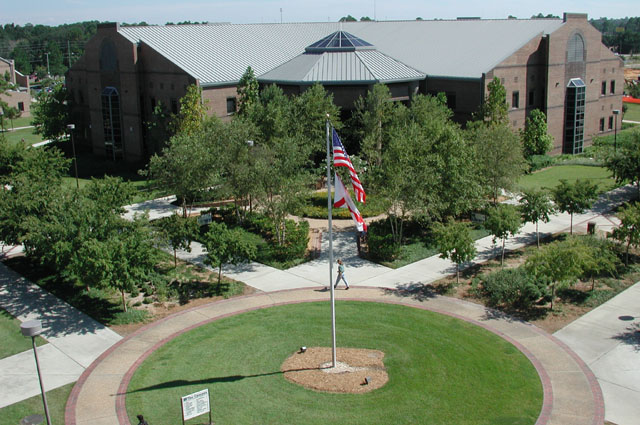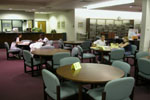Grateful Dead Archive Online
 What is GDAO?
What is GDAO? The Grateful Dead Archive Online (GDAO) is a socially constructed collection comprised of over 45,000 digitized items drawn from the UCSC Library’s extensive Grateful Dead Archive (GDA) and from digital content submitted by the community and global network of Grateful Dead fans.
 Digitized content – including concert hotline recordings, decorated fan envelopes, fanzines, photographs, posters, radio interviews, tickets, T-shirts, and videos, - can be found here, as well as web resources such as David Dodd’s “The Annotated Grateful Dead Lyrics” website and the fan recordings of concerts archived by the Internet Archive.
Digitized content – including concert hotline recordings, decorated fan envelopes, fanzines, photographs, posters, radio interviews, tickets, T-shirts, and videos, - can be found here, as well as web resources such as David Dodd’s “The Annotated Grateful Dead Lyrics” website and the fan recordings of concerts archived by the Internet Archive.
These materials reflect the range of materials collected, managed, preserved and made available by the University Library’s Special Collections and Archives department to support teaching, learning and research. With the GDAO website, UCSC has a unique opportunity to engage a devoted community and provide this network of fans with social media tools to tag, comment, upload and share their digital files, memories, and knowledge and contribute to the construction of this educational resource. The Grateful Dead Archive (GDA) represents one of the most significant popular culture collections of the 20th Century and documents the band’s activity and influence in contemporary music from 1965 to 1995. .

The collection contains works by some of the most famous “rock” photographers and artists of the era including Herb Greene, Stanley Mouse, Wes Wilson and Susana Millman.
Finding aids, guides and policies assisting with in-person research use of the GDA and related collections including business correspondence, show files and oral histories in their entirety can be found on the Special Collections Grateful Dead Gateway Page.
Information about changing exhibits in the Dead Central gallery space at the UCSC Library is also available on the Gateway Page.










